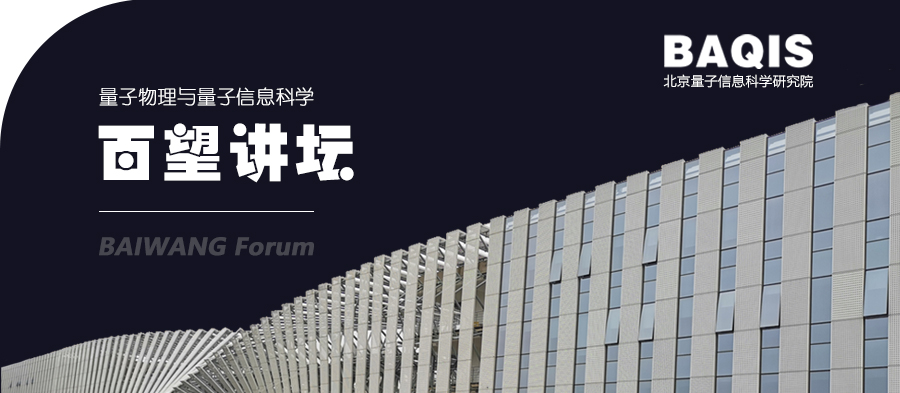Baiwang Forum 30: Visualizing the interplay between magnetism and superconductivity at the atomic scale
2022/07/28

Date and Time: 28-July-2022 15:00
Speaker: Prof. Paolo Sessi, Group Leader at the Max Planck Institute of Microstructure Physics
Host: Kai Chang ( BAQIS)
Title: Visualizing the interplay between magnetism and superconductivity at the atomic scale
Abstract:
Interfacing materials with different properties is a viable route to discover new physical phenomena and create new functionalities going beyond those hosted by each one of the building blocks. In this context, the interface between a superconductor and a magnet is one of the most remarkable examples. These ordered phases have been for a very long time thought to be mutually exclusive. However, over the last decade, it has been experimentally demonstrated that under the right conditions, at a superconductor–magnetic interface both superconductivity and spin polarization can coexist creating tantalizing opportunities for discovering new phenomena with possible direct applications in radically new technologies.
During my talk, I will demonstrate how scanning tunneling microscopy can shed light on the interaction between magnetism and superconductivity at the most fundamental level, i.e. the atomic scale. Starting from a systematic study of distinct 3d magnetic elements coupled to an elemental superconductor, I will show how it is possible to unveil the existence of trends directly linked to the perturbations induced by localized magnetic moments onto the superconducting condensate. I will successively show how magnetic impurities can coupled through the superconducting host over long distances, and how the use of a superconductor with a highly anisotropic Fermi surface allows to precisely tune their interaction depending on the crystallographic direction. Finally, I will discuss the emergence of Shiba bands and boundary modes in 1D chains crafted atom-by-atom.
About the Speaker:
Paolo Sessi is Group Leader at the Max Planck Institute of Microstructure Physics. He received PhD in Physics and MSc in Electronic Engineering from Polytechnic University of Milan in 2010 and 2006, respectively. After two years spent at the Center for Nanoscale Materials, Argonne National Laboratory, he moved to the University of Würzburg, Germany. Paolo has extensive experience in the design and construction of advanced scanning probe set-ups operating at extreme conditions such as ultra-high vacuum, ultra-low temperatures and high magnetic fields. Paolo’s work focuses on visualizing spin-orbit driven phenomena at surfaces and interfaces at the atomic scale by scanning tunneling microscopy and spin-polarized scanning tunneling microscopy. His current research topics include non-collinear spin-textures, novel topological states of matter, and magnetic-superconducting interfaces.
 中文
中文 Email
Email QCloud
QCloud Log in
Log in
